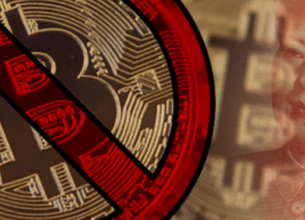PANEL FAVOURS CRYPTOCURRENCY BAN IN INDIA
23, Jul 2019

Prelims level : Governance- Policies; Economics- Banking
Mains level : GS-II- Government policies and interventions for development in various sectors and issues arising out of their design and implementation. GS-III- Indian Economy and issues relating to planning, mobilization of resources, growth, development and employment.
- Context: The committee headed by finance secretary Subhash Chandra Garg has proposed a draft bill “Banning of Cryptocurrency & Regulation of Official Digital Currency Bill, 2019″
Highlights of The Committee Recommendations:
- Proposed banning of private cryptocurrencies in India by enacting a law and imposing fines and penalties for carrying on activities related to cryptocurrencies.
- Proposed a draft bill “Banning of Cryptocurrency & Regulation of Official Digital Currency Bill, 2019″, which has been placed in the public domain.
- The committee has, taken a lenient view on the government launching an official digital currency, asking it to keep an open mind on the matter
It suggested the use of distributed-ledger technology (DLT) or blockchain in India, by banks and other financial firms for processes such as loan-issuance tracking, collateral management, fraud detection and claims management in insurance and reconciliation systems in the securities market.
The committee identifies the potential use cases for blockchain technology in areas such as:
- Payments systems including cross-border and small value payments;
Data identity management or know-your-customer requirements by various financial entities. - Insurance
- Collateral and ownership (including land) registries
- Loan issuance and tracking
- e-stamping
- Trade financing
- Post-trade reporting
- Securities and commodities and
- Internal systems of financial service providers.
- The advantages of using DLT are mainly seen in terms of reducing administration and transaction costs, obviating duplication and improving accuracy of data, improving the speed and efficiency of transactions and detecting fraud.








